Artist Bio
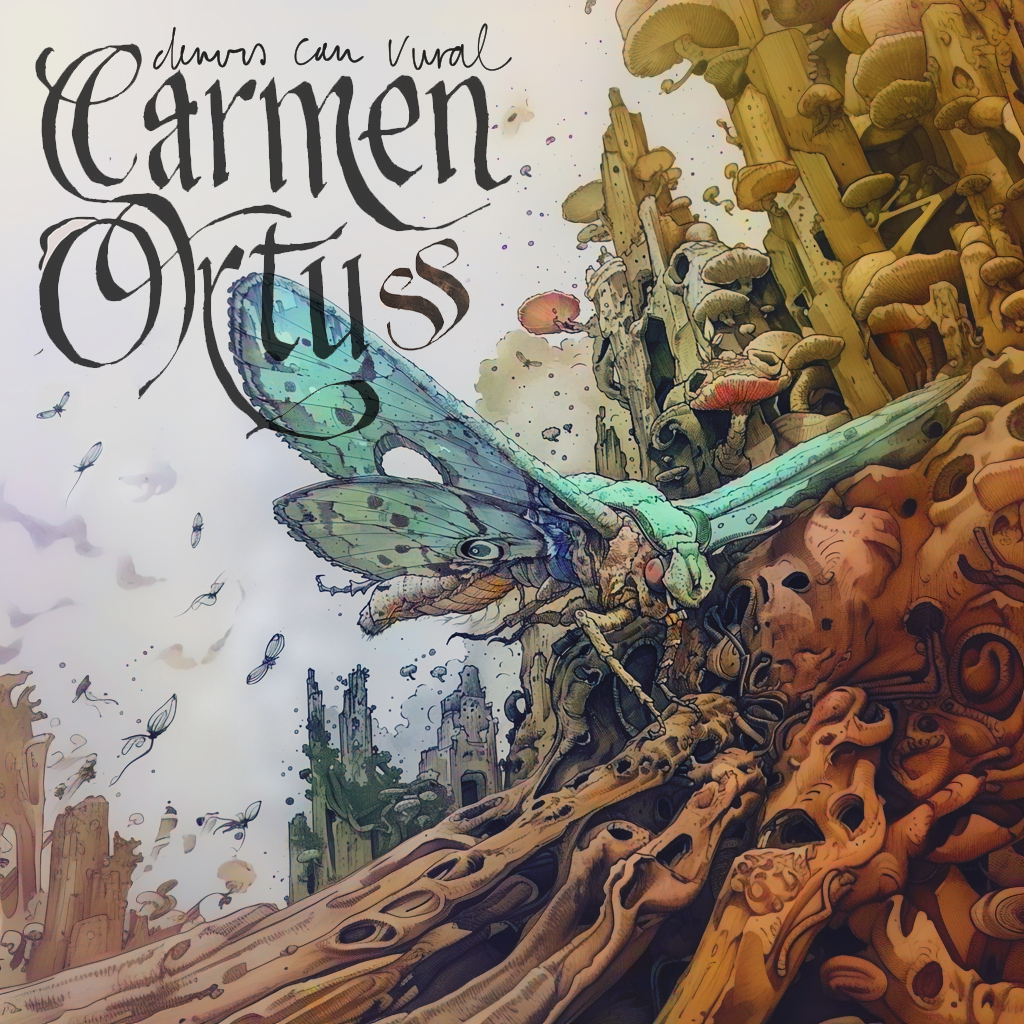 Welcome to Derviş Can
Vural's music website. Also see my artist
page
on spotify. Welcome to Derviş Can
Vural's music website. Also see my artist
page
on spotify.
My
compositions are experiments in counterpoint,
distortion and noise,
microtonality, electroacoustic
improvisation, and various folkloric
and
classical forms of the Middle East and
Balkans. My music builds on texture instead of harmony or timbre.
I was trained as a pianist early on (Bilkent University). At age 20, I left my home country (Ankara, Turkey) for a Ph.D. in theoretical physics (University of Illinois, Urbana-Champaign). Being an alien urged me to reflect on and regrow my roots --longer ones. I studied ethnomusicology, learned to play frame and goblet drums and various wind instruments and joined a Balkan music ensemble. But my roots did not stop growing once they spread across the Middle East and the Balkans. I learned Tuvan throat singing and studied south Indian vocal percussion, and before long, I was obsessed with the music of Bali, Baka, Sami, and Aymara. In the mean time, I gigged in coffee shops, bars, and restaurants, improvising on the piano for hours end, integrating and internalizing these diverse musical traditions.
By the time I was a postdoc (Harvard, then Yale) I was composing in three genres: 1. Tonal music with counterpoint, impressionism and heterophony. 2. Analog / glitch / kitsch, embellished with non-functional harmonies. 3. Electroacoustic soundscapes that feature field recordings and granular synthesis.
While these earlier works are maximalist displays of ethnomusical combinatorics, complex harmony, rhythm and texture (see Off-Center, 2020), I have since converged to a more natural, improvisational method of composing, which I find sets the music free and allows elements of complexity to surface more naturally.
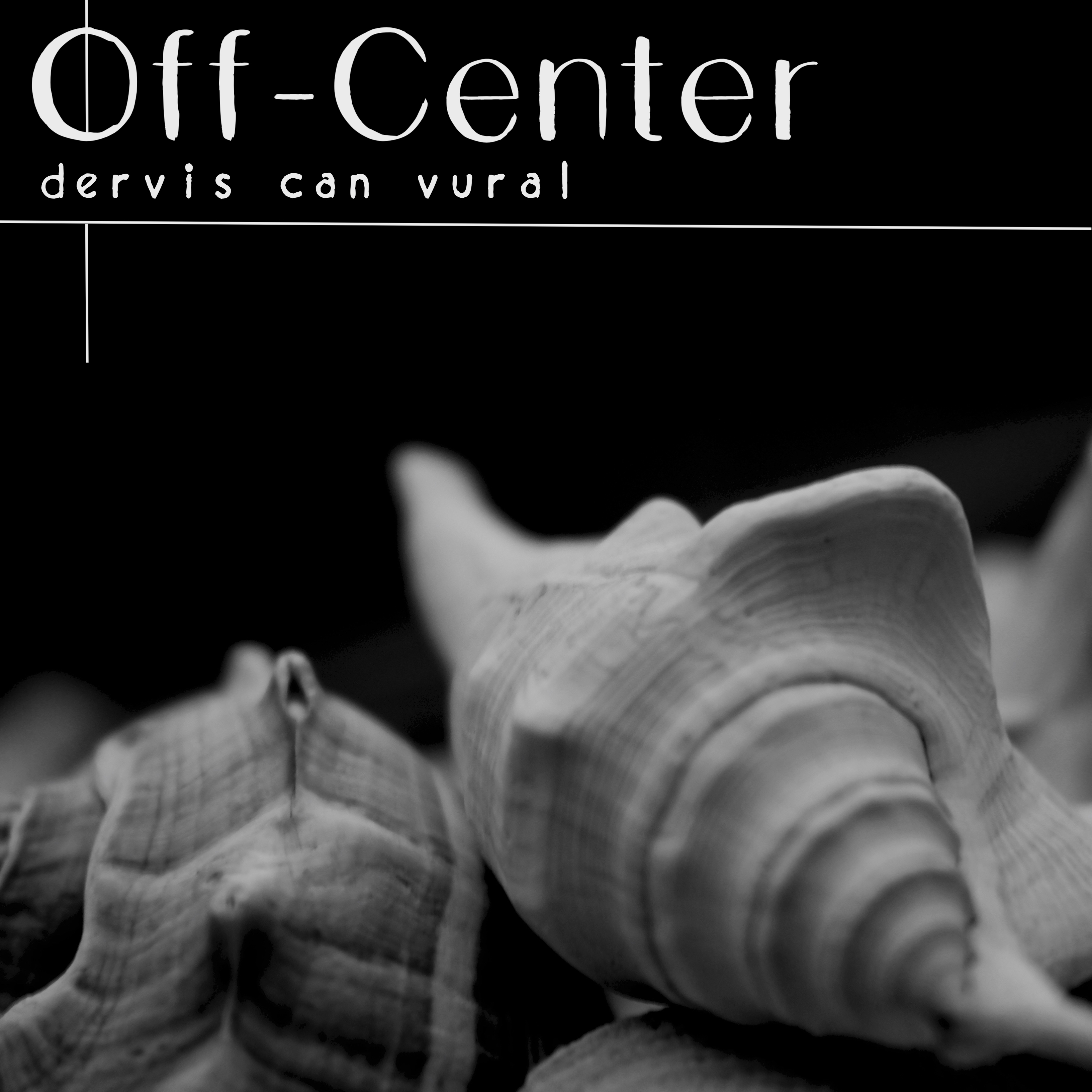
My music is
inspired by aged cheese, perturbation
theory, naturalism, loudspeakers,
canine teeth, typeface, periodic
motion, textured surfaces, counting,
harmonic analysis of fans and engines,
solipsism, ghost peppers, statistical
mechanics, hats, autism, fungi, espresso,
brownian motion, horticulture,
cryogenics, children's poetry, thick
liquids, artificial life, two level
systems, bipedal motion, race and
gender, long sticks, rotations, peanut
butter, brown noise, random matrices,
trance, materialism, raw food,
alexithymia, linux, crackling shells
and leaves, cellular automata,
counterpoint, reductionism,
fermentation, solkattu, the clavicle
bone, Japanese interior design,
Debussy, LaTex, dumpster diving,
chemical oscillations, subjective
idealism, linear response theory,
memetics, minimalism, thrift shops, micrographs,
open source, quasicrystals, tahini,
motor skills and posture control, large language models, savants, throat singing, parasites,
thermodynamics, art nouveau,
psilocybin, phasing, analog
computation, slime molds, frame drums,
markov processes, train travel,
granular synthesis, recursion, lucid
dreaming, binoculars, ink, Turing patterns, keyholes,
bebop, freshwater shrimp, mechanical
keyboards, clay, caudiciforms, evolutionary game theory,
light bulbs, microtonal scales,
freshwater ecosystems, LSD, Aymara and
harmonicas.
|
Recent Work
After publishing Off-Center (2021), I started an ambitious album series that explore the notions of time and transience. These pieces consist of edited piano improvisations accompanied by female vocals and percussion. The series contains five albums: Carmen Nihilo, Carmen Silentii, Carmen Temporis, Carmen Doloris, Carmen Ortus.
The albums in the series share common structural features: Prominently, each album is built on a poem whose verses also make up the song titles, while one special piece in the album features these song titles as lyrics.
The story of the album series starts with an obscure composer (me!) putting her girl to sleep one night. In her steady breath right before she falls asleep, he “finds" a song, Carmen Nihilo (Song of nothing), which embodies the transience and insignificance of love, language, music, and by and large human culture. Laying next to her for a long time, he drifts into a state of hypnagogia, where his newfound realization of transience superimpose on colorful, dream-like imagery of birds and insects scavenging the post-human end-of-the-world. As our protagonist observes his own awake consciousness drifting away, he comes to terms with finitude: The finitude of his love, the finite of his lifespan, that of human language and culture, and that of the ordered universe. These time scales blend together the moment he falls asleep next to his daughter.
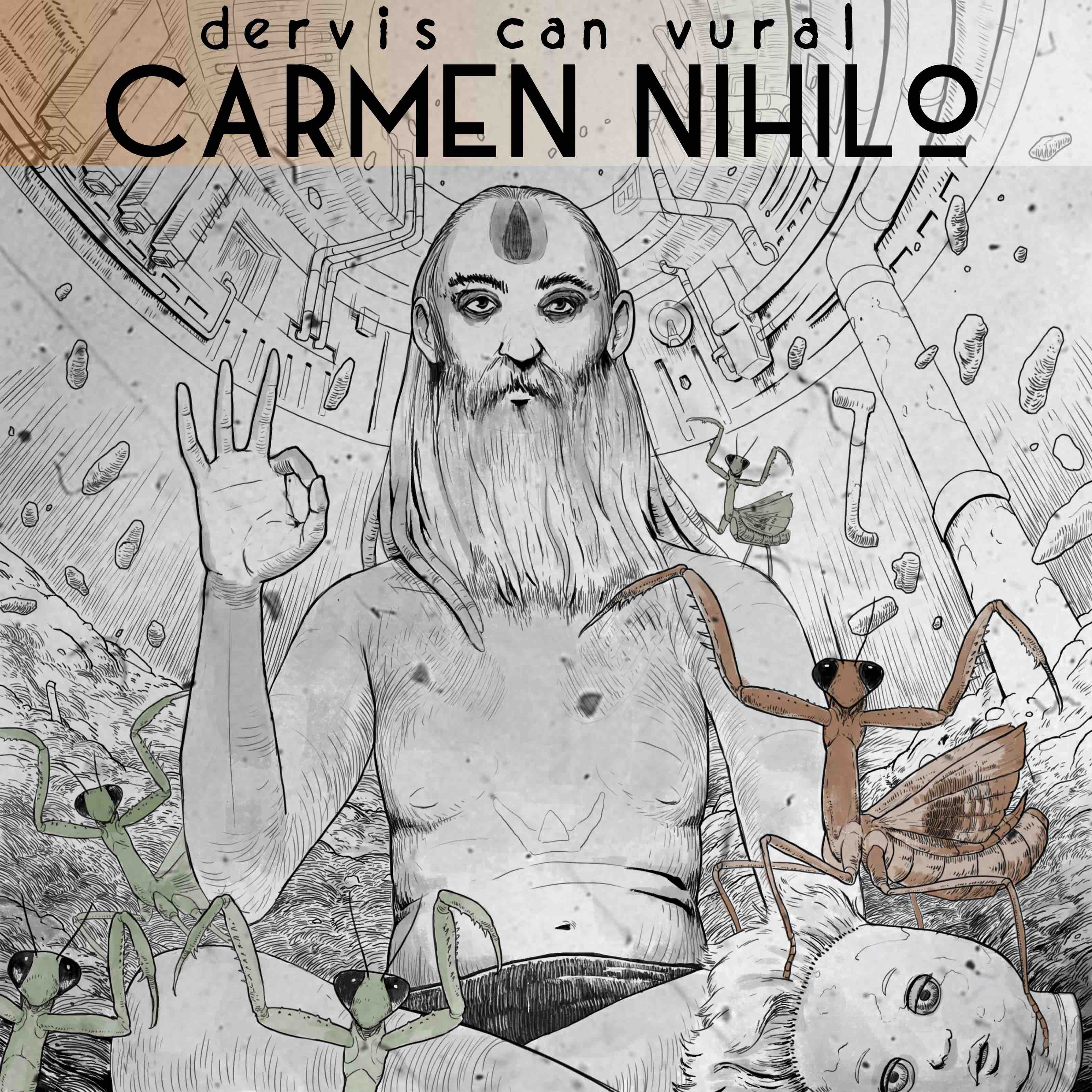
Throughout the series, the end of love, the end of life, the end of human culture and civilization, the end of romantic love, the end of consciousness upon drifting into sleep, and the thermodynamic end of the universe are conceptualized as isomorphic; as is awakening from sleep, the birth of a baby, the metamorphosis of an insect, the beginnings of human civilization and the origin of the universe.
Carmen Nihilo
In your hesitant breath,
A poem of nothing.
Nothing: As a love letter on a blank page,
written in silent letters of an extinct language.
Nothing: As written in a faded notebook
Of a composer that no one ever heard,
Improvising doodles
Of ravens marveling over a junkyard,
And praying mantices dancing on a doll’s head.
Your breath a lullaby,
To which I unravel and unbecome.
The ideas in Carmen Nihilo prepare us for the next album, Carmen Silentii (Song of Silence), where the end has indeed come. The protagonist now finds himself far into the distant future, (“without a soul or a voice” as the poem clarifies!) where all life has vanished, and the universe has turned into a cold, silent abyss (hence Silentii). From this future, he looks back with bittersweet nostalgia, and slight disappointment, at all complex life and languages and culture that ever existed.
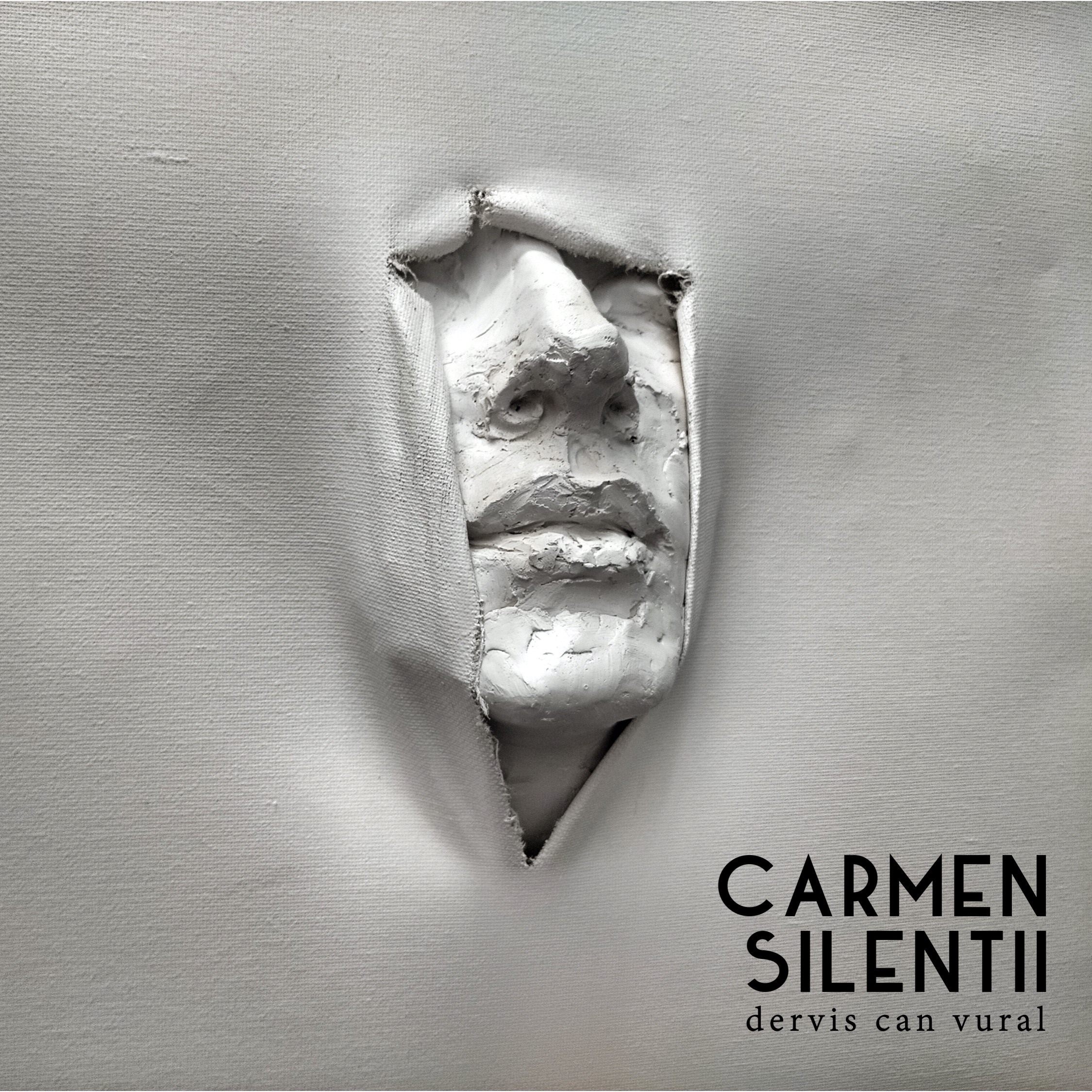
Musically, the album features rich impressionist textures combined with early modernism, with bebop inflections.
Carmen Silentii.
Found myself awake, singing,
A song from the end of time,
Without a soul or a voice, a silent chant,
The finale of a story without a plot.
Look, just a broken daydream,
A humorous requiem,
For myself,
And everything alive,
That once was.
|
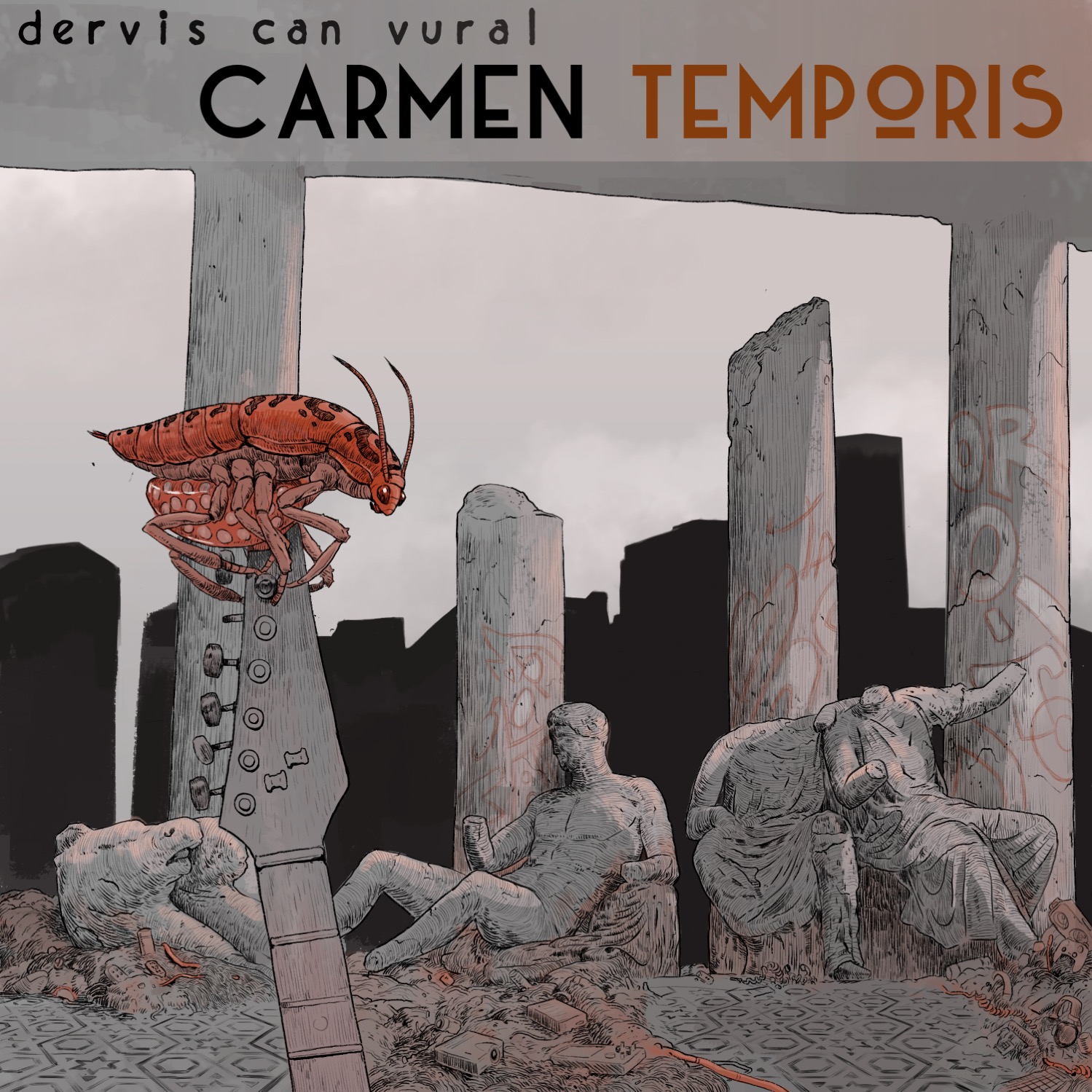
Carmen Silentii, the end of everything, leaves the protagonist wishing for a second life, or at least a new beginning, leading way to the next album, Carmen Temporis (Song of Time). Carmen Temporis is ultimately about remorse and disdain for the present. The music hopes and calls for a reboot, for a better start. Accordingly, this time the protagonist goes backwards in time, first returning to his childhood, and then further back, to the singular beginning of the universe. Once he is at the origin point, “It's almost time! It's almost time!", the last song exclaims! It's almost time for a new beginning, a new chapter in life. A better universe. Time to repair, and to be reborn.
Carmen Temporis
Strange day by the sea, waves build sand castles for me
I inhale a wish and dandelion seeds are drawn to my lips
The contour of your collar bone back in my pencil
Strange wind tidies up my hair, makes me fall in love again
Back in time, back at home, a happy heartbeat in a womb
White noise: my blanket, my holy book, my labor pain
These haphazard droplets be rising suns
Nuclei, orchids and chariots,
Goddesses, fireflies and transistors,
In pain, in pain, in pain, but grateful
It’s almost time, a time again, a time to be
The next album, Carmen Doloris (Song of Pain) signifies the labor pain associated with the new start. The new big bang, the new life, the reincarnation is initialized with a momentary jolt of pain. Accordingly, Carmen Doloris is the shortest album of the series, and lacks any spoken word.
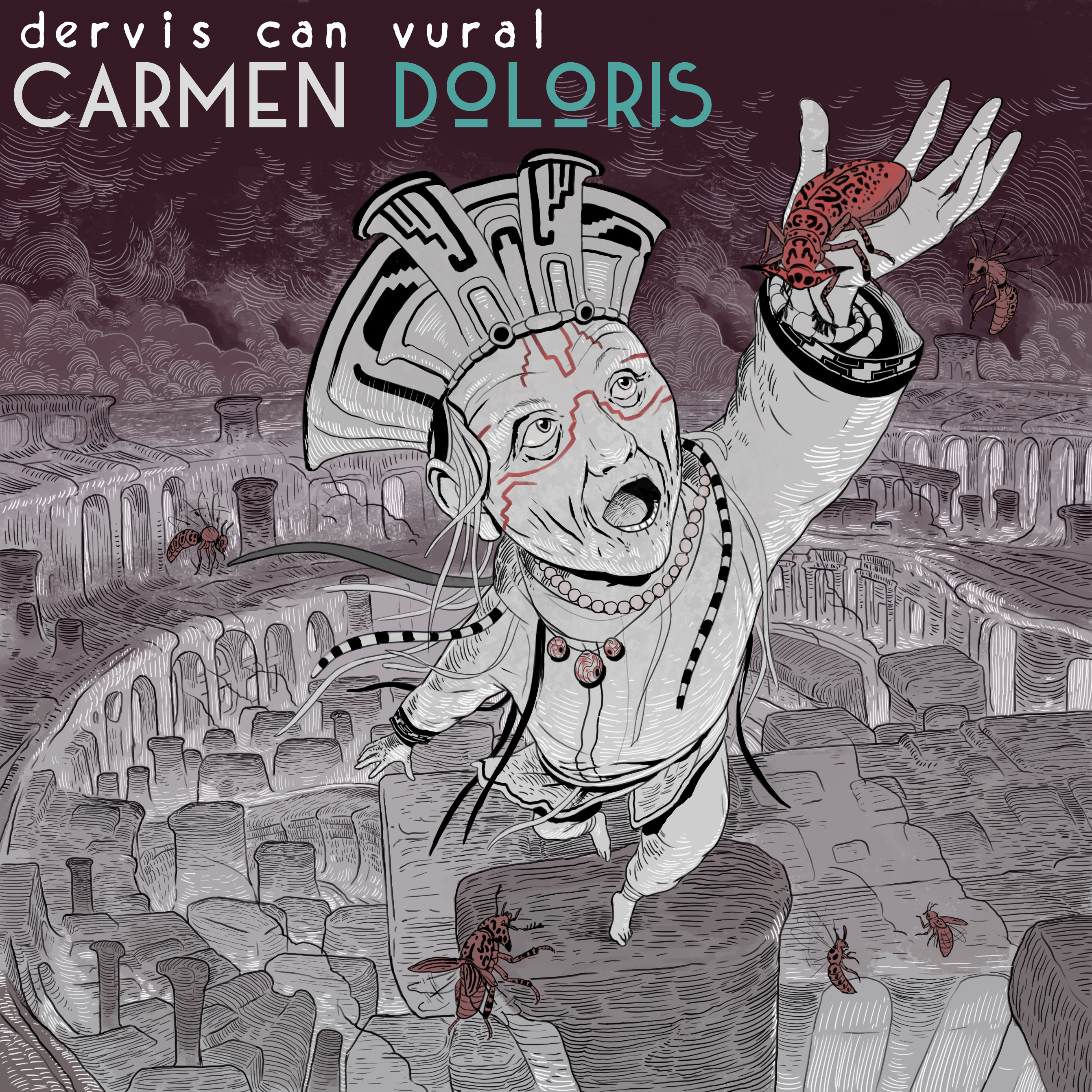
Finally, we move on to the last album of the series, Carmen Ortus (Song of Birth), signifying the beginning of a new life. The long-anticipated reincarnation. This last album is musically and structurally distinct from all other albums, in terms of timbre and mood.
In its second incarnation, the history precisely as
before. But now, our protagonist finds himself as a moth! The moth has a much more limited level of awareness, momentarily searching for meaning in little fragments of time while feeding, finding a mate, or feeling the sunlight on its wings. With this last album, we reach closure: The moth momentarily reflects on its transience as it “fades away, like yesterday", just as it did in Carmen Nihilo, in its previous existence as a “composer that no one ever heard", falling asleep next to his daughter.
The metamorphosis of the larva into a moth is a reference to the rebirth promised by the previous albums. After all, this story is really about the transformation and rebirth that took place within my own life, rather than a literal insect prophet's cosmic time-reversal saga. And now, hopefully, it's also the story of yours.
Carmen Ortus
No gods to please no law to break,
No thought of sin, no guilt to bear,
Just fleeting life, within the air.
I cling to a leaf, taste the dew's fleeting kiss.
Is this pleasure, or just how oblivion feels,
Before I fade away, like yesterday
The sun above a burning fire,
Does it know of my desire
To find a crumb, a mate, a way
Before I fade away, like yesterday
The sun on my wings feels so warm, so sublime
Can purpose exist in just fragments of time?
No grand design, no whispered prayer,
Just vibrant hues, then empty air.
But for this moment, I will play,
Before I fade away, like yesterday.
|